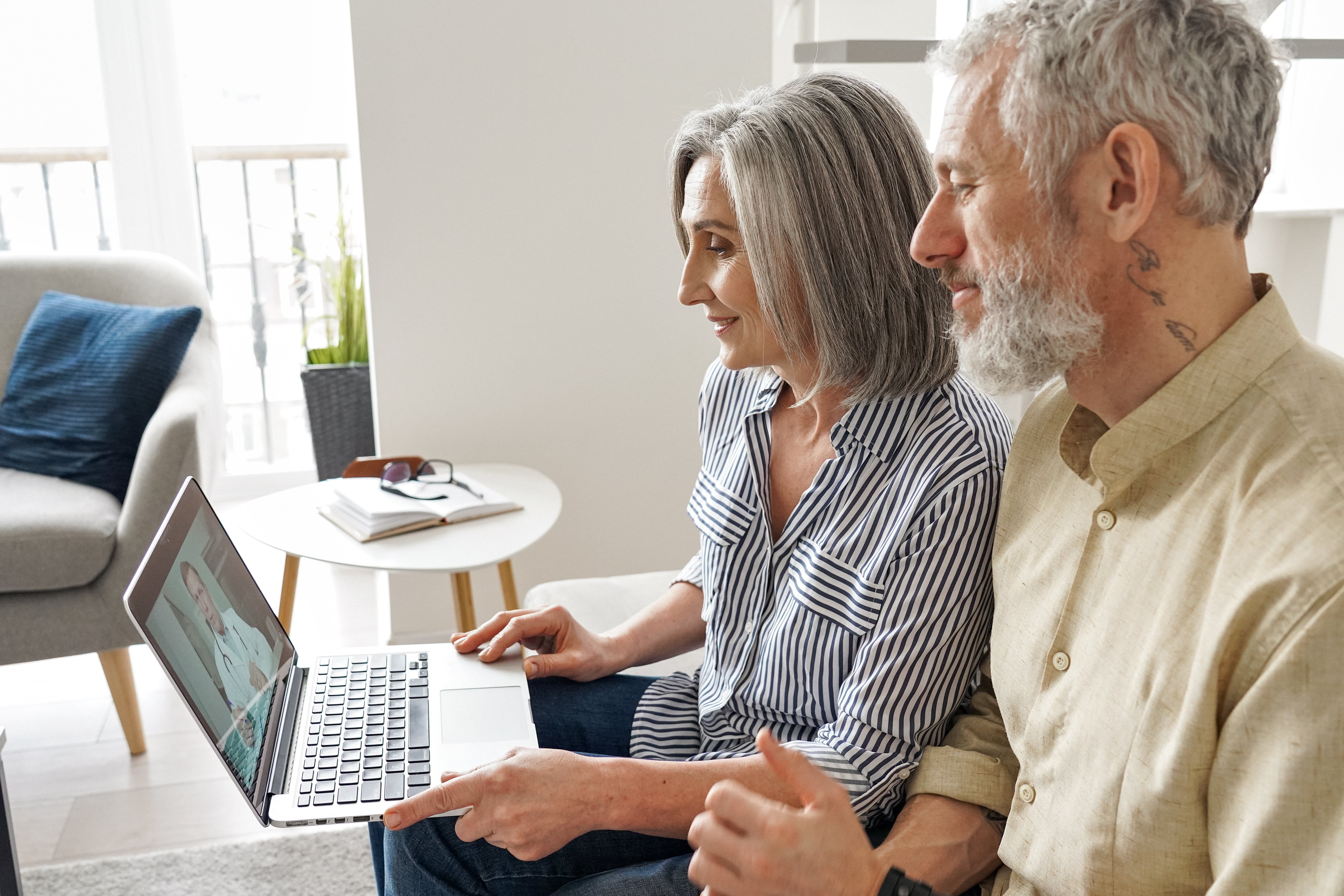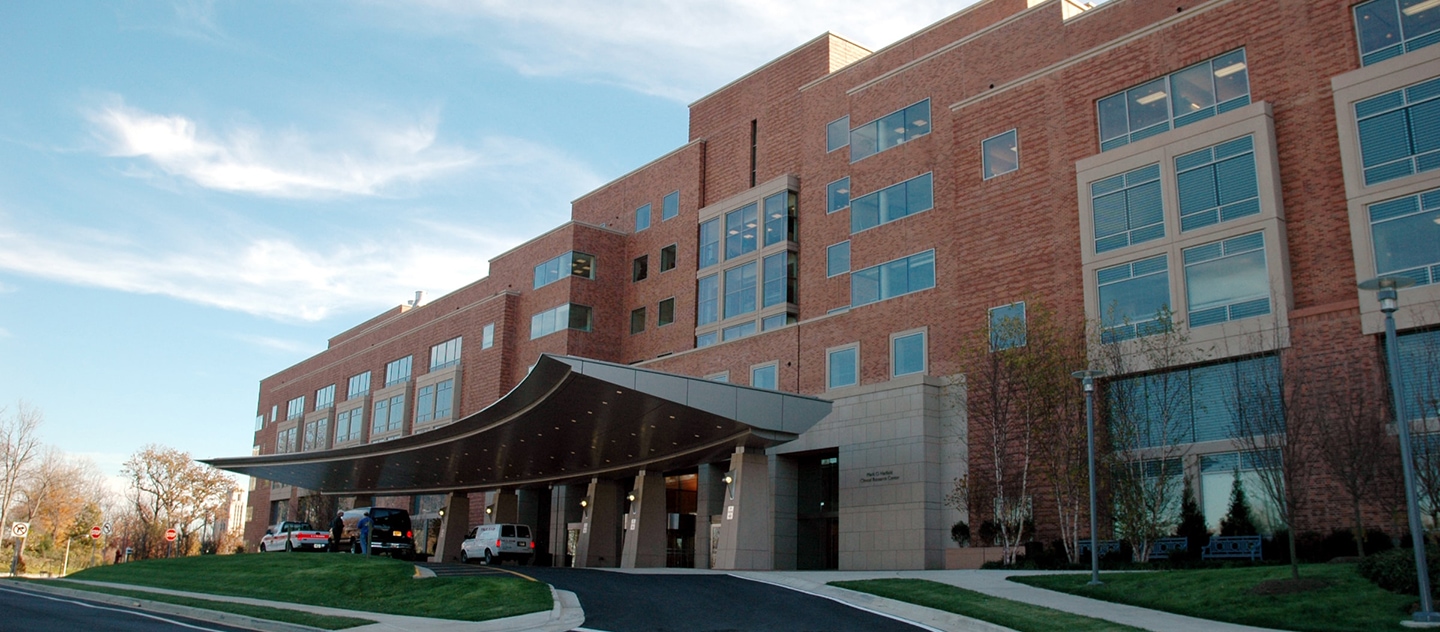Improve Both Patient Care and Outcomes
A review of studies on Remote Patient Monitoring (RPM) found that the solution works best when including tailored coaching, health behavior models, or care pathways. It's important to consider how telehealth solutions like these best support patients. Rather than relying on technological interventions alone, it's best when healthcare providers and their patients get involved and use technologies as a tool to provide better care and thus outcomes.
One study in the review found that only the group that included a group-based behavioral program in addition to a high-tech intervention had a significant level of weight loss in overweight or obese patients. The groups receiving just a self-directed program, a group-based behavioral weight loss program, or an armband did not show significant change.
This type of data helps make the case for prioritizing telecare management (TCM) by clinical staffing. TCM can enhance existing RPM programs and provide a higher level of care for patients. Of course, you also need the high-tech interventions as part of an RPM program. These plus high touch care together is what provide superior patient outcomes.
How Does Telecare Management Benefit RPM?
There are a host of benefits associated with Remote Patient Monitoring and telehealth. A telecare management team associated with these services helps create the benefit, as professionals on the team utilize and apply the tools, insights, and connections they gain through technology that supports patients.
TCM within telehealth solutions provides:
- The clinical staffing needed to manage alerts that are part of patient monitoring and then deliver appropriate patient interventions
- Empowerment and engagement for patients to help them become more active participants in their health, which encourages them to better manage their conditions
- Reduced costs to patients, providers, payers, and workplaces
- Real-time data to identify risk and respond to it in a timely manner
- Enhanced care delivery through better clinical judgment, decision making, and productivity
- Removed barriers to care
- A team-based approach that supports each other to minimize burnout and that provides a variety of specialties
A Mayo Clinic study of RPM for COVID-19 patients offers an example of telecare management supporting RPM for improved outcomes. The hospital system used RPM and nursing support together and achieved positive results, including:
- Showing low hospitalization and 30-day mortality rates
- Preventing avoidable readmissions
- Creating high levels of patient engagement
- Bettering virus recovery
In this study, the RPM created alerts, and registered nurses responded with standardized care pathways. If needed, COVID-19 care team physicians were involved as well, adding another layer to the telecare management team. The study found that just 9.4% of patients had to be admitted within the 30-day period following enrollment or discharge. As for the 30-day mortality rate, it was just 0.4%, and those patients had high-risk factors. The patient engagement was significant, with 80% of low-intensity patients and 78% of high-intensity patients engaging. Also, a large percentage—61.6% of low-intensity and 72.5% of high-intensity patients—followed their care plan.
In another study of care for homebound older adults, the research did not find statistical significance related to self-efficacy between a control group and a telecare group. However, the research showed that telecare case management may play a role in improving measures like quality of life and medication adherence rates in this population.
Who Makes Up a Telecare Management Team?
The healthcare professionals on a telecare management (TCM) team include:
- Registered Nurses: These trained nurses provide care, coordinate care, support physicians, and educate patients on their health conditions. It’s also possible for other types of nurses, such as licensed practical nurses (LPNs) to be on a TCM team.
- Clinical Social Workers: These professionals may diagnose behavioral and mental health concerns, as well as provide treatment. Their role may also involve finding appropriate resources for patients and advocating on their behalf.
- Certified Diabetes Educators: These health professionals educate people on diabetes with the aim of encouraging patients to self-manage their care related to tailored goals. They also provide support to these patients and help to advocate for them. In addition to helping people with diabetes manage the condition, these professionals aim to prevent the onset of diabetes and address prediabetes in vulnerable populations.
- Health Services Coordinators: These coordinators help to determine what each patient needs for their individual health situation and goals. In addition to assessing needs, this professional coordinates care plans and helps to monitor and manage patient health. They also advocate and provide education to further understanding and empowerment.
Which Health Conditions Does RPM Help?
RPM is helpful for monitoring certain chronic conditions in particular. Examples of monitored conditions include:
- Diabetes
- Heart failure
- Asthma & COPD
- Hypertension
- Chronic kidney disease
- High blood pressure
- Obesity
- Mental health disorders
- Cancer
- HIV
- At-risk maternity/NICU
It may benefit other health situations as well, such as homecare patients, those on palliative care, and people with COVID-19.
Incorporate TCM Into Your Telehealth Solutions
Remote Patient Monitoring is one of the telehealth solutions that can support patient care. Nonetheless, tools and technology alone are not enough to support patient needs and improve their health. Adding telecare management provides a team of professionals who can utilize these technologies to provide better care. It enhances the RPM systems already in place to support improved outcomes. To find the right support to fulfill these needs, explore our telecare management services.







.jpeg?width=2000&name=AdobeStock_450901146%20(1).jpeg)






